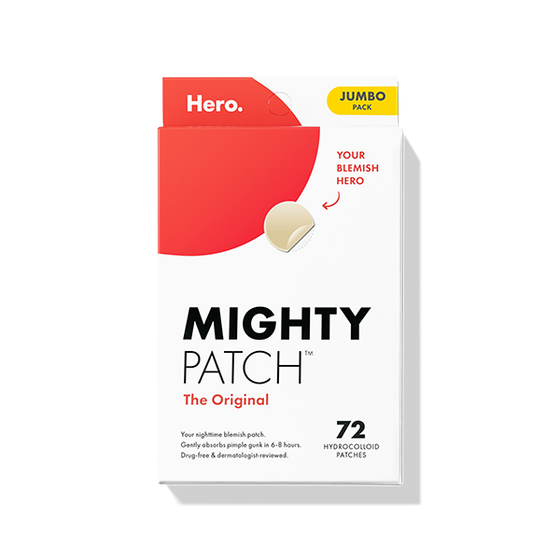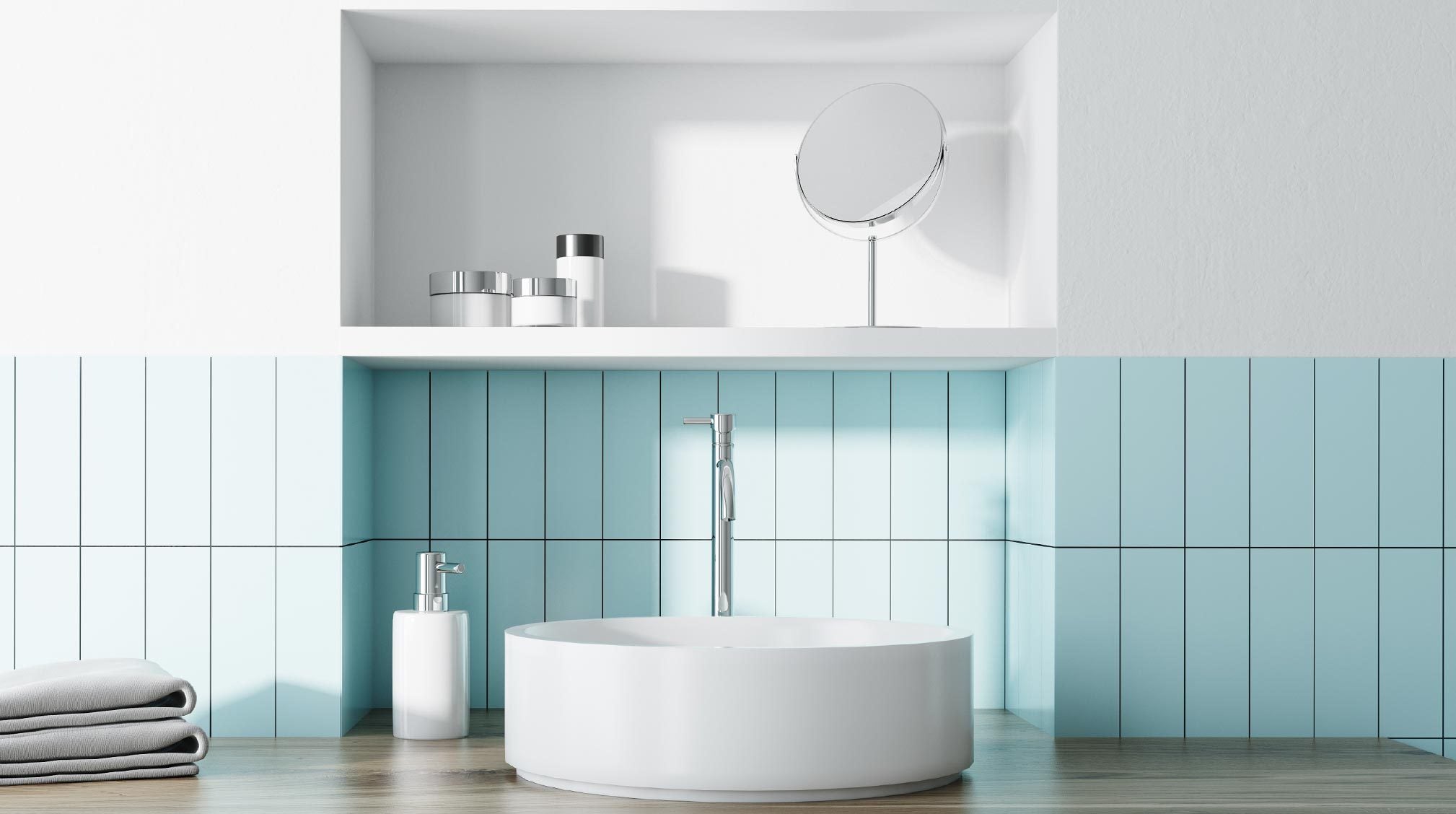
Cleaning the bathroom isn’t rocket science. We all know the basics: scrub the bowl, get rid of the gummy shower buildup, wash down the sink and clean the floors. And of course, thanks to COVID-19, there’s the daily activity of sanitizing “high-touch” fixtures, like taps, toilets handles and light switches. But if there’s one home hot spot that’s frequently overlooked, it’s the skincare cabinet.
“Your toilet, tub, and floors are obviously gross,” says Jeneva Aaron, founder of The HouseWire. “But the cabinets are often overlooked. They’re a hotbed of germs and bacteria.”
Guilty as charged. Of course I get rid of old products from time to time, but deep cleaning the skincare cabinet is rarely high on my to-do list. Experts recommend cleaning out your skincare cabinet on a quarterly basis, so the beginning of fall is the perfect time to start a cabinet cleaning schedule that’s easy to remember (which would then recur at the beginning of winter, beginning of spring, and so on).
Wondering where to start? We asked derms and cleaning experts to tell us about the germiest places in the typical skincare cabinet, and the products and tools that are likely to gather the most bacteria. Here’s what they said.
1. Start by removing everything and cleaning the cabinet itself.
“Because they’re usually closed, skincare cabinets tend to collect moisture,” says Aaron. “It gets hot and damp in there, and germs love those kinds of spaces. Luckily, most skincare cabinets have non-porous surfaces, so you can just clean them off with a sponge.”
Simply give all the shelves, doors and handles a quick antibacterial cleanser spritz (I love method ANTIBAC because the smell doesn’t give me an instant headache), wait a few minutes and then wipe down with a clean rag or sponge. Leave the cabinet open to completely dry so you don’t cause any new mildew or bacteria to accumulate.
2. Next, move to porous items, like makeup brushes.
When it comes to skincare products inside the cabinet, what surfaces have the most bacteria? Basically, anything porous — with spaces or holes that liquid or air can pass through. Think blender sponges, electronic facial brushes and devices, towels, and one of the biggest bathroom offenders — your makeup brushes. “Makeup brushes can be a huge source of bacteria if not cleaned adequately,” says Dr. Susan Bard, an NYC-based, board-certified dermatologist. “Brushes should ideally be cleaned weekly with mild soap or brush cleaner.”
If you already have a specialty brush cleaner, then go ahead and follow the directions on the bottle. If not, chances are you already have something at home that will work perfectly to clean your brushes, sponges and other devices. Liquid dish soap and baby shampoo are two great options. Just wet the brush head (or porous part of whatever you are cleaning), pour on a bit of your cleanser, work it into a lather, and rinse in warm water until it runs clear. Lay the brushes or other items on a clean towel until they are completely dry.
3. Toss any expired or old products.
“The hot spots for bacteria and germs are items that you rarely use, which hang out in the humid, sometimes warm environment of your bathroom,” says Dr. Anna H. Chacon, a board-certified dermatologist who serves on the advisory board for Smart Style Today. “We all know that we own them — shampoos, conditioners, makeup and creams that have gone untouched for years.”
Even the products you use every day can be at risk for growing bacteria (especially if it’s something that you dip your finger into or apply directly to your skin). Most skincare products expire one year after purchase, and you should follow that same rule (toss after a year) for makeup or other items that don’t have an expiration date. Throw away mascara and other lash products after three months, as the risk of bacteria and infection is high with anything that regularly touches your eye.
RELATED READ: How Do You Know When Your Skincare Expires?
4. Think about whether you really want to keep your makeup in a bathroom cabinet to begin with.
Now that you’ve cleaned your cabinet, washed your brushes and purged grody products (ooh that feels good, doesn’t it?), it’s time to think about what you actually want to put back inside. Storing makeup products in the bathroom can essentially make them magnets for bacteria and common household germs. In a 2020 study of the potential health impact of 400+ different cosmetic products, microbiologists found that 79-90% of open/used skincare items were contaminated with bacteria. 🤢
While it might not be as convenient to store your makeup and skincare products outside of the bathroom, it’s definitely an option worth considering. Your best bet? Storing products and tools in a clean bag in a drawer in your bedroom or in a closet outside of the bathroom.
[[product-ad]]

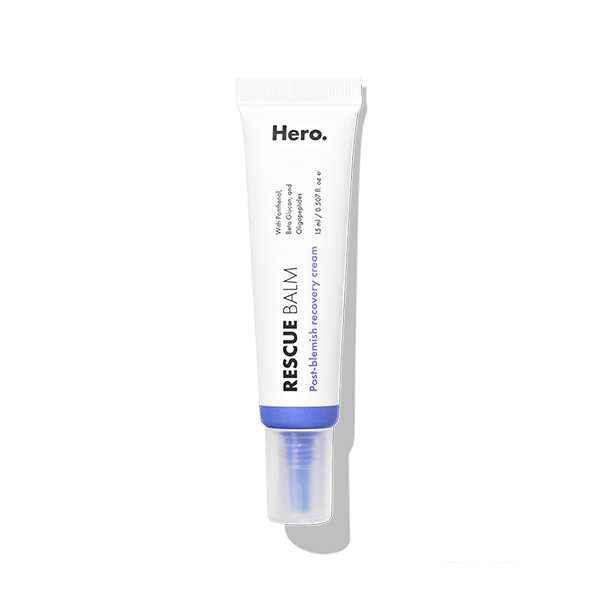
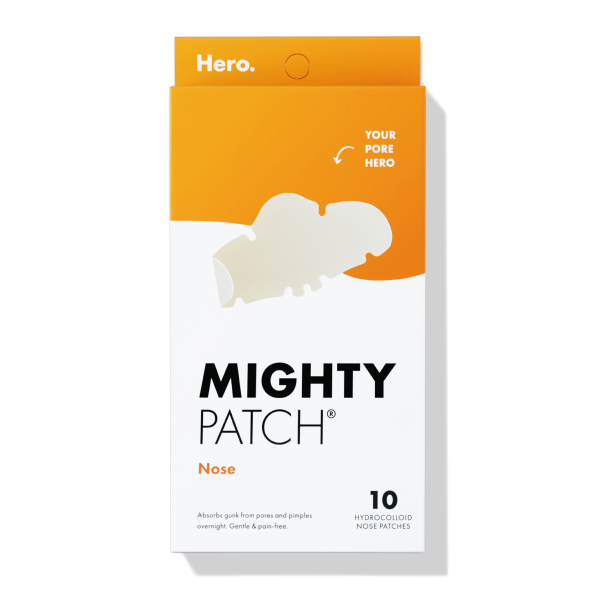
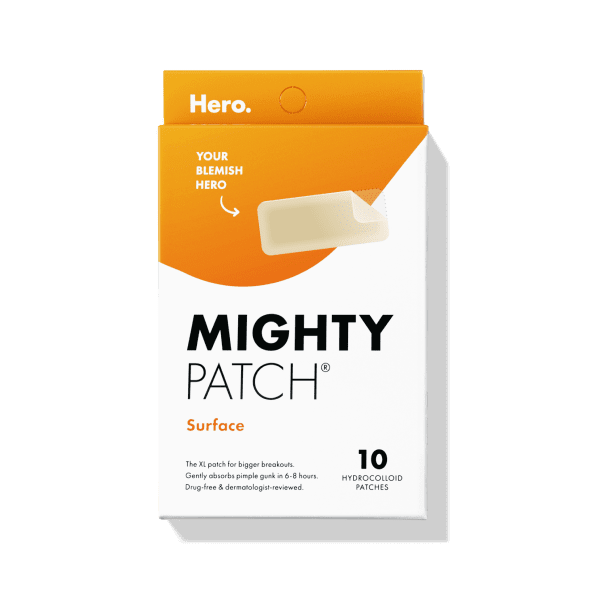

.png?v=0)
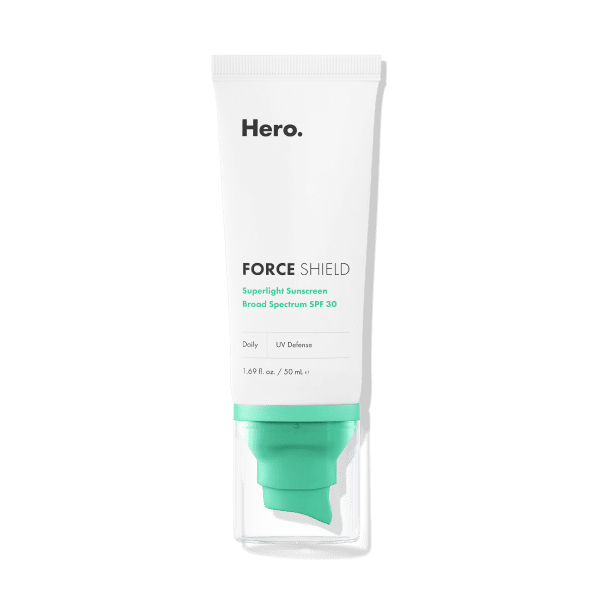

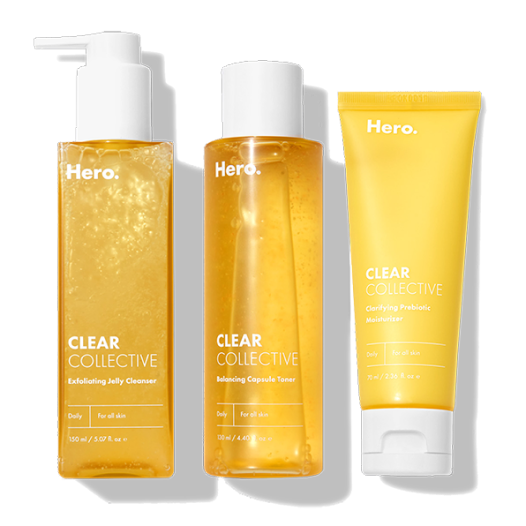



.png?v=1663017252122)



